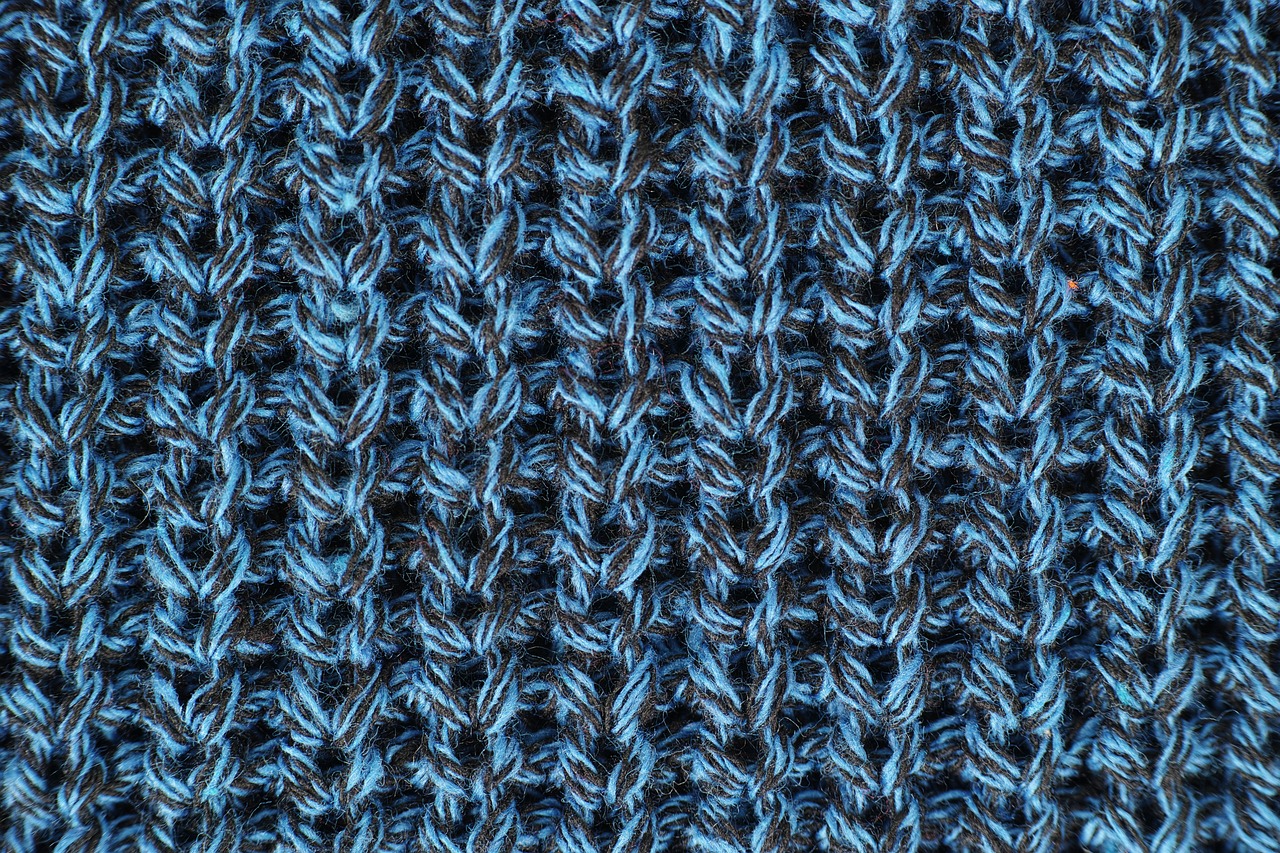Fashion and Cultural Appropriation: Navigating the Fine Line Between Appreciation and Offense
Cultural appropriation in the fashion industry is a complex and nuanced issue that continues to spark debate and controversy. It occurs when elements of a marginalized culture are adopted by those in a position of power or privilege without proper acknowledgment or respect. This often leads to the erasure of the cultural significance and historical context behind the borrowed elements, perpetuating harmful stereotypes and diminishing the voices of the communities from which they originated.
Fashion designers and brands have frequently come under scrutiny for appropriating cultural symbols, garments, and aesthetics for their own profit and without consideration for the cultural meanings they hold. From using traditional patterns and prints without permission or understanding of their significance to marketing clothing lines inspired by sacred rituals or customs, instances of cultural appropriation in the fashion industry abound. It is essential for both creators and consumers to critically examine and reflect on the ways in which cultural borrowing can contribute to the exploitation and disrespect of marginalized communities, fostering a more inclusive and equitable fashion landscape.
The Impact of Cultural Appropriation on Marginalized Communities
Cultural appropriation in the fashion industry can have detrimental effects on marginalized communities. When elements of a culture are taken and used without proper acknowledgment or understanding, it can perpetuate stereotypes and diminish the significance of cultural practices. This can lead to further marginalization and erasure of the identities and traditions of these communities.
In addition, cultural appropriation in fashion often results in financial gain for dominant groups at the expense of marginalized communities. For example, when high-end fashion brands profit from incorporating cultural designs without involving or compensating the original creators, it reinforces power imbalances and exploitation. This economic disparity further deepens the divide between those who benefit from cultural appropriation and those whose cultural heritage is exploited.
Examples of Cultural Appropriation in the Fashion Industry
In the fashion industry, there have been numerous instances of cultural appropriation where designers and brands borrow elements from a culture without giving credit or proper recognition to its origins. One notable example is when a high-end fashion house showcased a collection heavily inspired by Native American traditional attire, using sacred symbols and patterns without consulting or involving any Native American communities in the design process. This lack of respect for the cultural significance of these symbols resulted in backlash and accusations of exploitation from Native American groups and activists.
Another common occurrence of cultural appropriation in fashion is the commodification of traditional dress from various cultures for profit. This can be seen when fast fashion brands replicate traditional garments or accessories from marginalized communities and sell them at a fraction of the original cost, stripping away the cultural and historical significance of these items. By mass-producing these items without understanding or respecting their cultural meanings, these brands perpetuate harmful stereotypes and contribute to the erasure of the identities of the communities they are appropriating from.
• Fast fashion brands replicating traditional garments or accessories from marginalized communities for profit
• Selling these items at a fraction of the original cost, stripping away their cultural and historical significance
• Mass-producing these items without understanding or respecting their cultural meanings
• Perpetuating harmful stereotypes and contributing to the erasure of the identities of appropriated communities
Cultural appropriation in the fashion industry not only disrespects the origins and traditions of different cultures but also perpetuates power dynamics that marginalize already oppressed groups. It is essential for designers and brands to engage with diverse communities respectfully, collaborate with them in a meaningful way, and give credit where it is due. By promoting inclusivity, diversity, and ethical practices in fashion, we can work towards creating an industry that celebrates cultural exchange rather than exploitation.
What is cultural appropriation in the fashion industry?
Cultural appropriation in the fashion industry occurs when elements of a marginalized culture are adopted by a dominant culture without proper acknowledgment or respect for the cultural significance.
How does cultural appropriation impact marginalized communities in the fashion industry?
Cultural appropriation can lead to the erasure of the original cultural significance of certain fashion trends or designs, while also perpetuating harmful stereotypes and reducing the opportunities for members of marginalized communities to profit from their own cultural heritage.
Can you provide examples of cultural appropriation in the fashion industry?
Examples of cultural appropriation in the fashion industry include designers using traditional Indigenous or African prints without permission or proper credit, fashion brands profiting from sacred symbols without understanding their cultural significance, and non-Black influencers appropriating Black hairstyles or fashion styles for commercial gain.







